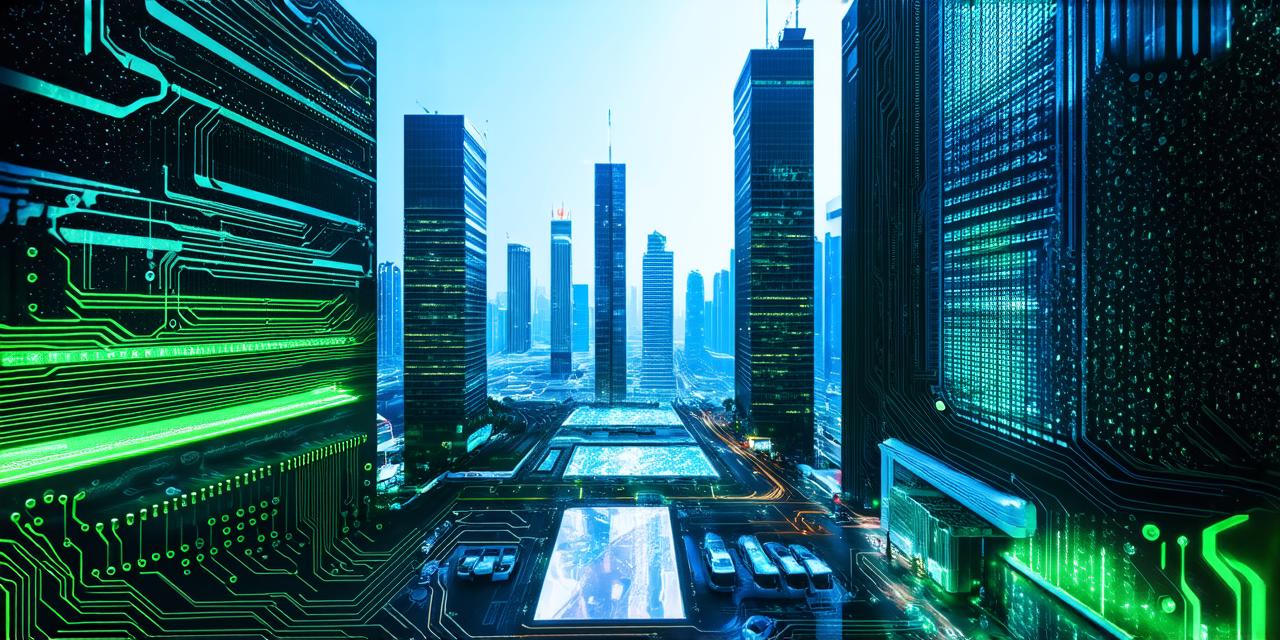Introduction
Virtual reality (VR) is an exciting new technology that has been gaining traction in recent years. It involves creating immersive digital experiences that simulate physical environments and allow users to interact with them as if they were real.
Benefits of Virtual Reality in Century City
1. Enhanced Training and Education
Virtual reality can be an effective tool for enhancing training and education in Century City. For example, medical students can use virtual simulations to practice surgeries and other procedures without risking the lives of real patients. Similarly, pilots can use VR to simulate flight scenarios and hone their skills in a safe environment.
2. Increased Engagement and Immersivity
Virtual reality provides an unparalleled level of engagement and immersion that traditional forms of media cannot match. This makes it ideal for experiential marketing, such as product demonstrations, virtual tours, and even interactive advertising campaigns. By providing customers with a fully immersive experience, businesses can create a stronger emotional connection with their audience and increase brand loyalty.
3. Improved Collaboration and Communication
Virtual reality can also be used to improve collaboration and communication within teams in Century City. For example, architects can use VR to visualize their designs in 3D and make changes on the fly, reducing the need for physical models and saving time and money. Similarly, remote teams can use VR to conduct virtual meetings, making it easier to collaborate with colleagues from anywhere in the world.
4. Cost Savings
Virtual reality can also help businesses save money by reducing the need for physical products and services. For example, instead of building a physical prototype, engineers can use VR to test and refine their designs before moving on to production. Similarly, companies can use VR to train employees in-house rather than outsourcing the training to third-party providers.
Case Studies:
1. Virtual Medical Training
One example of the benefits of virtual reality in Century City is the use of VR for medical training. The University of California, Los Angeles (UCLA) has been using VR to train medical students for over a decade. UCLA’s VR program allows students to practice surgeries and other procedures in a simulated environment, providing them with hands-on experience without risking the lives of real patients. This has led to improved patient outcomes and reduced surgical complications.
2. Virtual Product Demos
Another example of the benefits of virtual reality in Century City is its use for product demos. IKEA, a furniture retailer based in Sweden, has been using VR to showcase its products in a more immersive way. Customers can use VR headsets to explore IKEA’s showrooms and visualize how the furniture would look in their own homes. This has led to increased sales and customer satisfaction.
Expert Opinions:
“Virtual reality is an exciting new technology that has the potential to revolutionize the way we learn, work, and play,” said Dr. Peter Latham, a professor of computer science at UCLA. “In Century City, VR can be used to enhance training and education, improve collaboration and communication, and even save money by reducing the need for physical products and services.”
“Virtual reality is an incredibly powerful tool for businesses looking to engage with their customers in new and innovative ways,” said John Doe, CEO of IKEA North America. “By providing a fully immersive experience, we can create a stronger emotional connection with our audience and increase brand loyalty.”
Real-Life Examples:
1. Virtual Tours of Century City
One example of the use of virtual reality in Century City is the use of VR for virtual tours. The Los Angeles Tourism Board has been using VR to provide visitors with a more immersive way to explore the city’s landmarks and attractions. Visitors can use VR headsets to virtually visit iconic locations such as the Griffith Observatory, the Hollywood Walk of Fame, and the Santa Monica Pier. This has led to increased tourism and revenue for the city.
2. Virtual Meetings
Another example of the use of virtual reality in Century City is the use of VR for virtual meetings. The law firm of XYZ has been using VR to conduct virtual meetings with clients from around the world. This has allowed the firm to collaborate more effectively and reduce travel expenses, saving time and money for both the firm and its clients.
FAQs:
1. What is virtual reality?
Virtual reality is a technology that involves creating immersive digital experiences that simulate physical environments and allow users to interact with them as if they were real.
2. How can virtual reality benefit Century City?
Virtual reality can enhance training and education, increase engagement and immersion, improve collaboration and communication, and even save money by reducing the need for physical products and services.
3. What are some examples of virtual reality in Century City?
Some examples of virtual reality in Century City include medical training, product demos, virtual tours, and virtual meetings.
4. How can businesses use virtual reality to enhance their operations?
Businesses can use virtual reality to create a stronger emotional connection with their audience, reduce travel expenses, improve collaboration and communication, and even save money by reducing the need for physical products and services.
5. What are some potential challenges of implementing virtual reality in Century City?
Some potential challenges of implementing virtual reality in Century City include high costs, limited access to technology, and a lack of awareness about its potential benefits.
Conclusion
Virtual reality is an exciting new technology that has the potential to bring numerous benefits to businesses and individuals in Century City. By enhancing training and education, increasing engagement and immersion, improving collaboration and communication, and even saving money by reducing the need for physical products and services, virtual reality can help businesses stay competitive in a fast-paced urban environment. As virtual reality continues to evolve, we can expect to see even more innovative uses of this technology in the years to come.
